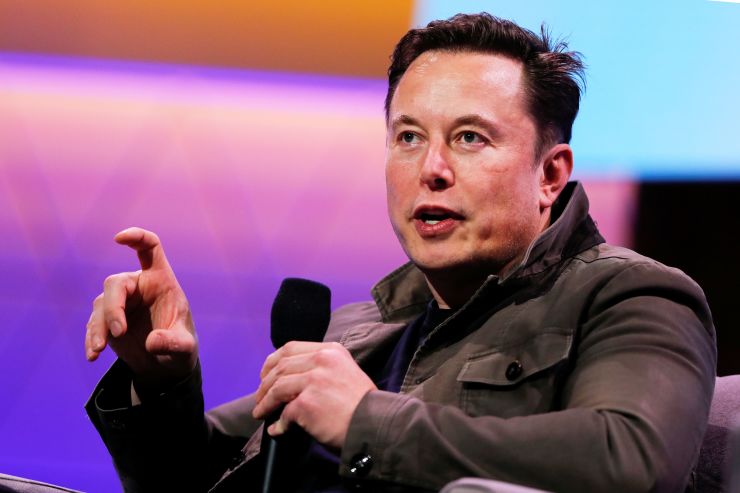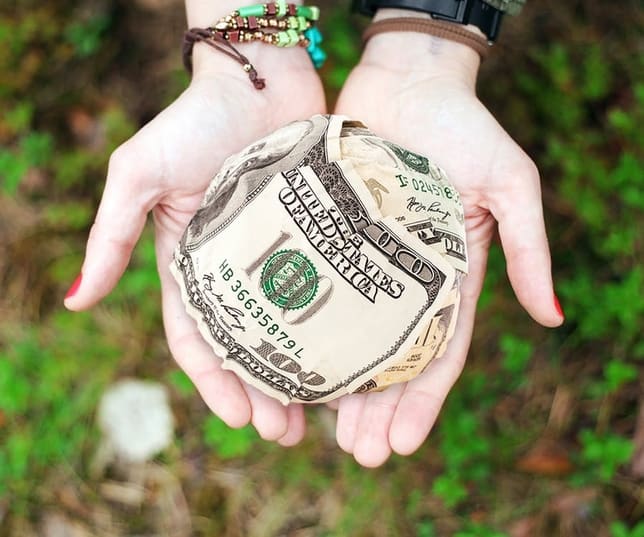
Tesla is developing the means to manufacture its own battery cells, according to five current and recent employees, something that the electric vehicle maker has relied on Panasonic to do since the companies signed an extensive partnership deal in 2014.
The move could help Tesla offer cheaper, higher-performance electric vehicles than it does today, without having to pay or share data and resources with outside vendors or partners. The battery pack and battery cells are the main cost component in an electric vehicle, according to research by IHS Markit.
The company has been “battery-constrained” in the past, CEO Elon Musk acknowledged at the company’s annual shareholders meeting earlier in June. That means a lack of batteries limited Tesla’s production and sales of electric vehicles and energy storage systems (Powerwalls and Powerpacks).
Making its own battery cells would also fit with Musk’s general ambition to make Tesla as “vertically integrated” as possible, which means developing, manufacturing and selling everything it can — even its own enterprise software.
But manufacturing cells at high volume would be another challenge for a company that recently implemented cost-cutting measures and is still struggling to perfect its high-volume vehicle production.
Tesla and Panasonic did not respond to requests for comment.
Skunkworks lab on Kato road
Tesla employees conduct some of their battery cell manufacturing research at a “skunkworks lab” at the company’s Kato Road facility, a few minutes from its car plant in Fremont, California.
That plant is where Tesla makes its Model 3, Model S and Model X vehicles today, while its batteries are made at the Gigafactory in Sparks, Nevada, a factory jointly owned and operated with Panasonic.
Employees in Tesla’s battery R&D teams are now focused on designing and prototyping advanced lithium ion battery cells, as well as new equipment and processes that could allow Tesla to produce cells in high volumes, employees and former employees said.
Tesla has posted job listings in the last month for various engineers involved in battery cell design, equipment for producing battery cells and manufacturing processes to make batteries.
Even if Tesla’s effort to start making battery cells is successful, the company is not likely to cut ties with Panasonic and other battery suppliers any time soon.
Tesla employees familiar with cell supplier negotiations said the company is most likely to work with Panasonic and LG to provide the cells that go into the initial Model 3 vehicles produced in its Shanghai factory. That factory could start production by the end of 2019, with mass production beginning in 2020.
The ambition to bring at least some battery cell manufacturing in house has been broadly discussed within Tesla and among its followers.
At the company’s annual shareholder meeting in June, Musk invited Chief Technical Officer JB Straubel and Vice President of Technology Drew Baglino on stage to tell shareholders about battery-related initiatives at Tesla.
Musk encouraged outside investors to focus on two strategic matters at Tesla: How quickly the company can offer completely self-driving vehicles, and its plan to “scale battery production and get the cost per kilowatt hour lower.” He said Tesla wasn’t ready to let the “cat out of the bag” yet and would reveal further details — including about the company’s acquisition of Maxwell Technologies, completed in May this year — at an investor battery and powertrain day before the end of 2019.
Straubel said: “It’s more obvious now than I think it ever was, we need a large-scale solution to cell production.”
Baglino added, “We’re not sitting idly by. We’re taking all the moves required to be masters of our own destiny here, technologically and otherwise. I think through all the experience we’ve developed with partners and otherwise, we will have solutions for this.”
Executives’ comments on Tesla battery tech follow reports about tension between the company and Panasonic.
In January, Panasonic struck a deal with Toyota to build car batteries together through a joint venture that’s majority owned by Toyota. In early April, Panasonic said it would temporarily freeze its investments in Tesla Gigafactories.
A few days later, Musk blamed Panasonic for dragging down the pace of Model 3 production, saying its cell lines were operating at only two-thirds of their capacity, or 24 GWh, at their shared Gigafactory. “Tesla won’t spend money on more capacity until existing lines get closer to 35GWh theoretical,” Musk tweeted.
In recent weeks, following layoffs and other cost-cutting efforts by Tesla, Panasonic has hired a number of former Tesla employees at the Gigafactory in Nevada, including technicians, supervisors, and process and systems engineers, according to LinkedIn profiles and current and recent Tesla employees.
Hopping from Tesla to Panasonic at the Gigafactory wasn’t as common just a couple of years ago, according to a former Tesla human resources employee who asked to remain unnamed. Compensation, training and a clearer policy around schedules, especially how to earn and get time off, help draw Tesla employees over to their Japanese partner, this person said.
























